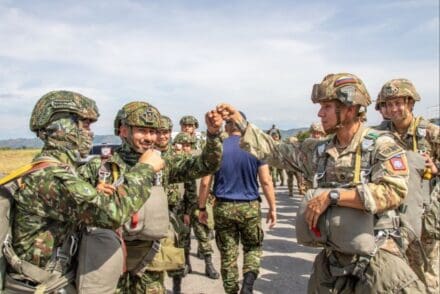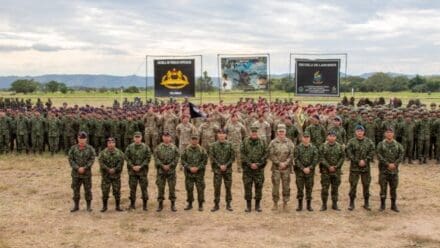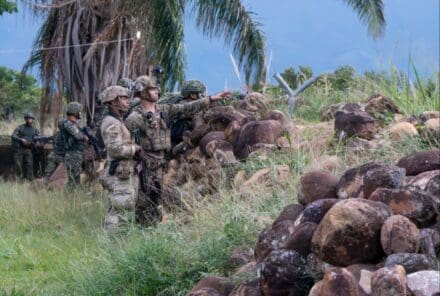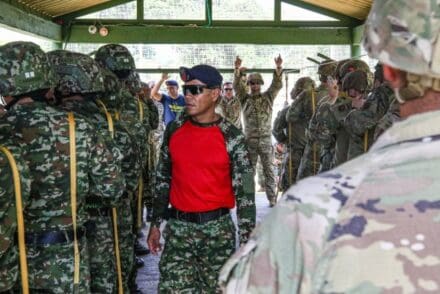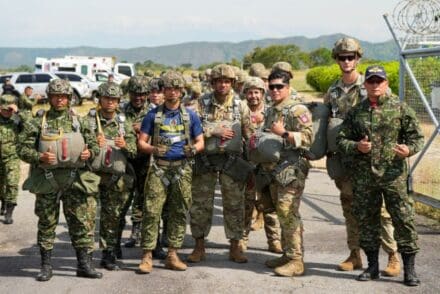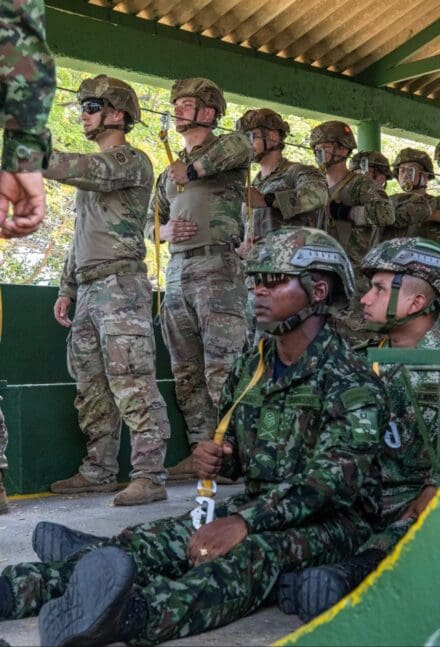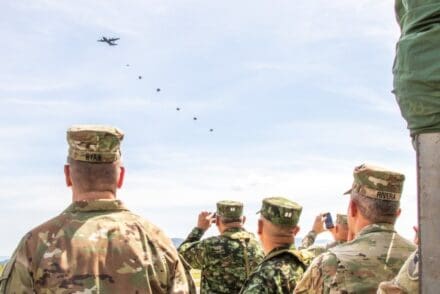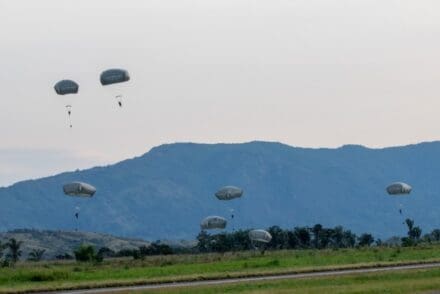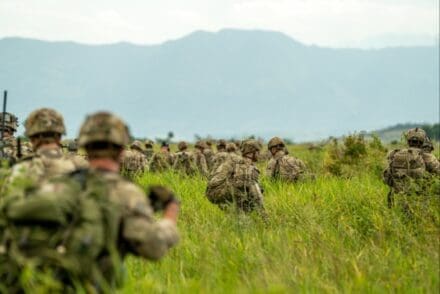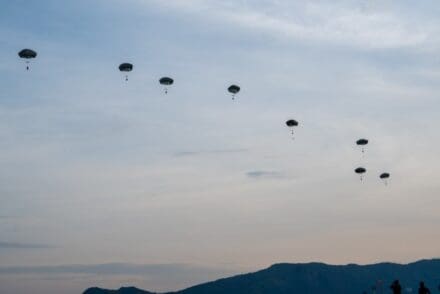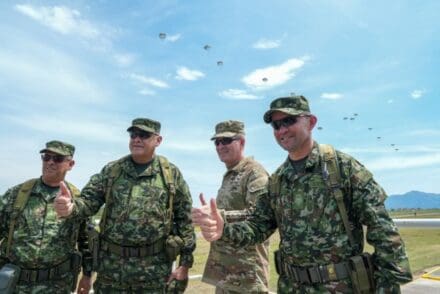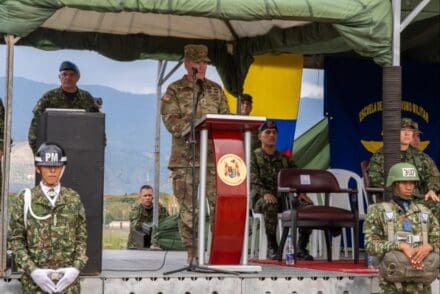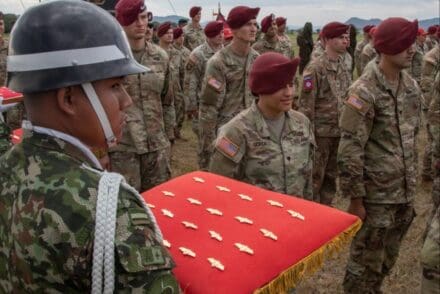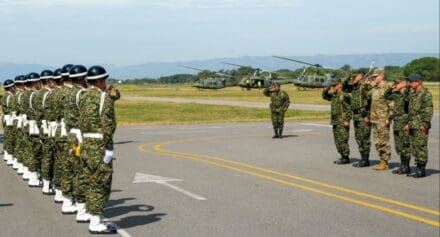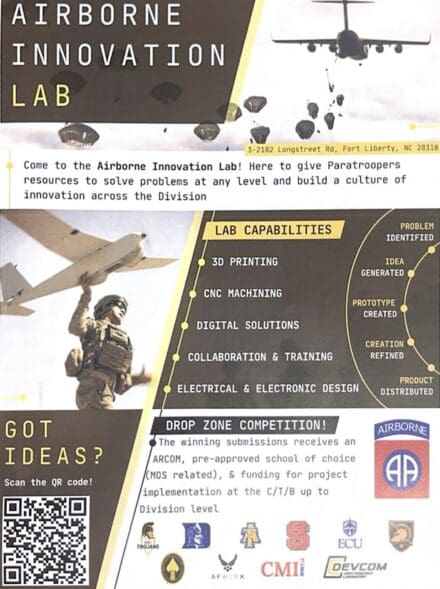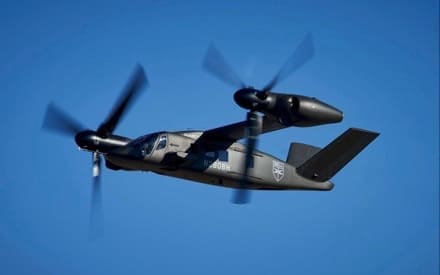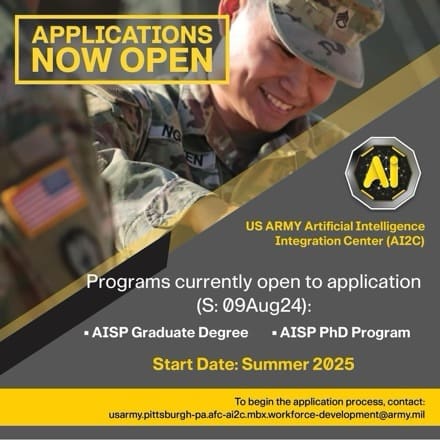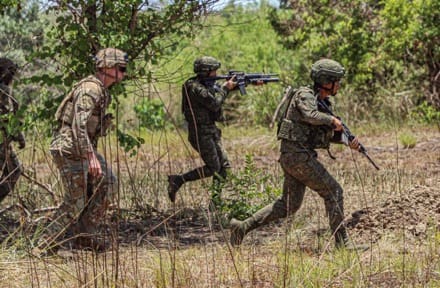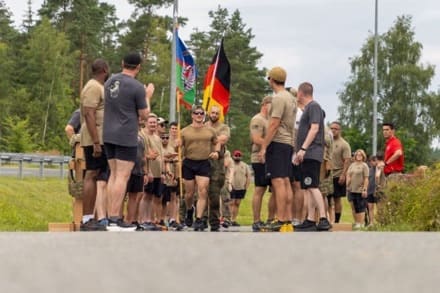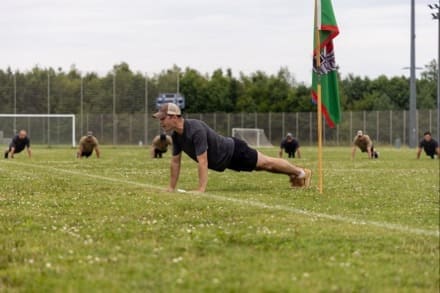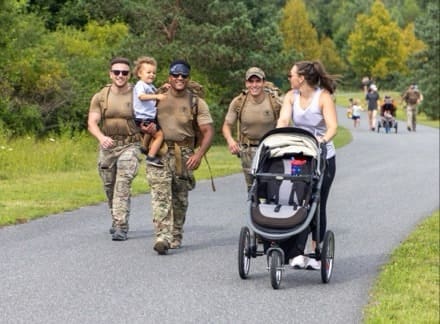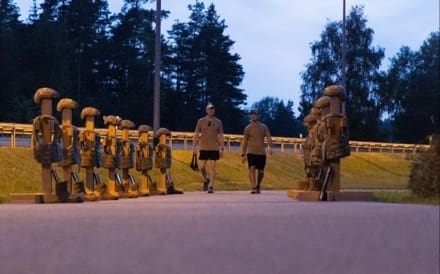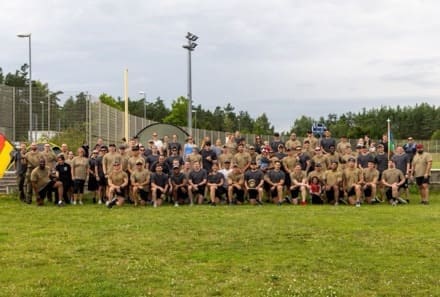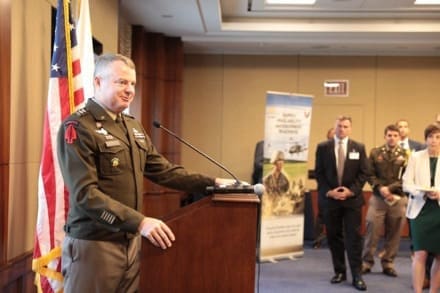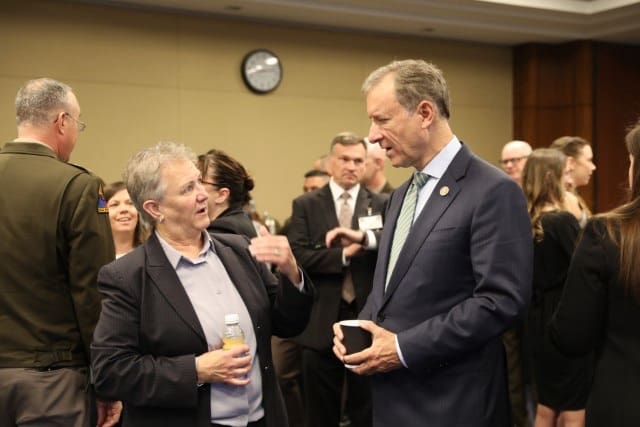FUERTE MILITAR DE TOLEMAIDA, Colombia — Nestled in the heart of Colombia’s Andes mountain range, approximately 75 miles south of Bogota, roughly 300 soldiers from the U.S. and Colombian armies forged partnerships during the bilateral airborne infiltration exercise, Hydra III 2024, held from July 28 to August 1, 2024, in Fuerte Militar de Tolemaida, Colombia.
A U.S. Army South-led exercise, HYDRA 24, formerly known as Dynamic Force Employment, is an agreed-to-action between the partner nations and the third iteration of its kind.
Participating units included the 2nd Battalion, 508th Parachute Infantry Regiment, 2nd Brigade Combat Team, 82nd Airborne Division; the Colombian Army Battalion of Counter Narcotics; the 7th Special Forces Group, the 1st Security Forces Assistance Brigade and support personnel from the ARSOUTH command.
“It is no secret that around the globe it is growing more important with each passing month and year that while we are experts in some aspects we have so much to learn from our partners around the world,” said U.S. Army Maj. Adam Amor, 2nd Battalion, 508th Parachute Infantry Regiment operations officers and lead officer in charge of the 82nd Airborne Division paratroopers participating in HYDRA 24.
“The reality is in today’s battlefield partner force integration is the standard, it isn’t just a one-off opportunity and it is not just something we only do for training exercises but everywhere that we go around the globe we are going to be shoulder to shoulder with another partner nation,” said Amor.
The exercise aimed to enhance the technical, procedural and interoperability between Colombian and U.S. paratroopers. This demonstrates the U.S. Army’s ability to rapidly and strategically employ forces in the U.S. Southern Command area of responsibility.
For many of the paratroopers, it was their first time integrating and interacting with a partner force.
“I was very impressed that everybody was able to expand and work out the language barriers to make the operations a success, in addition to some of our ad hoc translators who stepped up to help integrate with our partners,” said Amor.
“We also learned that we have different methods of executing higher operations and battle tracking across the area, but our paratroopers could easily integrate with their partners even despite the language,” said Amor.
Amor stressed the importance of learning to synchronize planning efforts to facilitate battlefield operations anywhere in the world.
With a focus on pre-deployment operations, HYDRA 24 allowed U.S. Army Soldiers to enhance their agility in a new training domain alongside partner forces. This collaboration further improved interoperability and prepared them for success in competition, crisis and conflict.
“The Colombian Counter Narcotics Battalion 1 has a specific mission and we also have a specific mission set with a global focus,” said Amor. “Because of this we were able to share lessons with airborne operations and learn how they execute operations that may be more localized using different types of aircraft and different types of jungle movements.”
Amor added that he was impressed with the initiative of the Colombian Army’s company commanders and appreciated their hospitality and capabilities, which facilitated the exercise.
“The Colombian Army is currently working on becoming interoperable with other armies worldwide. This exercise represents a significant step forward in that process,” said Colombian Army Lt. Col. Bayardo Pena, senior observer and operations officer in charge for the Colombian Army.
“The U.S. Army has been supporting us for many years. The fact that we are conducting this exercise is going to strengthen and increase our partnership for the future,” said Pena.
Pena stressed the importance of both armies being able to conduct the planning process, execution of the maneuver, understand each other’s doctrine, and execute an exercise.
“The U.S. Army has a world standard in terms of doctrine and it is going to help us standardize our processes too,” said Pena. “I am proud of our soldiers and how they conduct themselves with other armies like the U.S.”
The U.S.-Colombia partnership remains one of the most vibrant and mutually productive relationships in the Southern Hemisphere. SOUTHCOM and U.S. Army South bilateral exercises aim to demonstrate the United State’s commitment to the region and its citizens.
The exercise culminated in a distinguished visitor day, foreign airborne wing exchange ceremony and remarks from the U.S. Army South Commanding General, Brig. Gen. Phil Ryan.
“Today’s event goes beyond just tactical and operational interoperability, although that is crucial, what truly matters is the human connections formed between all of you,” said Ryan during the foreign wing exchange ceremony. “These bonds are key to safeguarding our shared values of democracy and human rights, and to preserving our way of life in the Western Hemisphere.”
Prior to the exercise, the two armies synchronized tactics, techniques and procedures, medical and communication rehearsals to ensure seamless integration throughout the combined training exercise and the multinational airborne assault.
“Our goal is to enhance our interoperability so we can operate seamlessly together as one multinational force whenever needed,” said Ryan. “Embrace this shared experience and remember that, despite our different backgrounds and languages, we are united by your common identity as paratroopers – Defense and Fraternity!”
By MAJ Nadine Wiley De Moura


